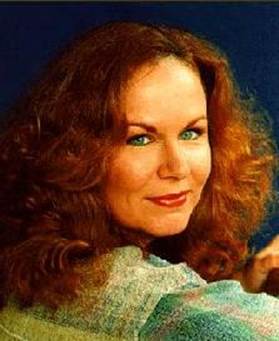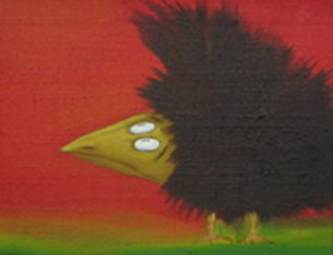New York: Oxford University Press, 2003.
Vasari, Giorgio.
New York: Oxford University Press, 1998.
da Vinci, Leonardo.
Amherst, N.Y.: Prometheus Books, 2002.
Reading Group Questions
1. Few works of art are as romanticized, celebrated, and reproduced as the
2. Beautiful, enigmatic, sly, foreboding…many adjectives have been used to describe Lisa’s portrait. But what words would you use to describe Lisa’s character? Also, take a moment to talk about her role-as an only daughter, married woman, and member of the upper class-in Florentine society. How was Lisa different from other women of her era? Do you think she was a woman ahead of her time?
3. Lisa is told by her astrologer that she is “caught in a cycle of violence, of blood, and deceit.” To what extent does Lisa let fate dictate her actions? Do you believe in fate? Discuss the themes of prophecy in
4. In addition to being religious, many of those we meet in the book become fanatic-and commit acts of violence to justify their beliefs. What was it that led Antonio, Baroncelli, and Savonarola to behave the way they did? Do you condone any of their actions? Do you have any sympathy for them?
5. Who do you think bears the true responsibility for the deaths of Giuliano the Elder and Anna Lucrezia? How do the various characters-from Lisa to Antonio to Lorenzo-deal with the guilt, trauma, and mystery surrounding the deaths of those they love?
6. What is significant about the third man involved in Giuliano’s murder? How does this element of mystery drive the narrative?
7.
8. Do you believe that a picture is worth a thousand words? Can a work of art-a painting, a book-ever truly capture a person’s essence? Did Leonardo’s portrait of Lisa capture hers?
9. When Lisa views her cartoon she remarks that Leonardo’s “recall of [her] features is astonishing…more sacred, more profound than any image rendered by [a] mirror.” Why do you think she feels this way? Does Leonardo see himself in Lisa? What personality traits do you think they both share?
10. Leonardo is more than just an artist: He doesn’t just view society from a distance; he is a member of a powerful inner circle. What does
11. What, do you think, is the meaning of the last sentence of the book?
Jeanne Kalogridis



